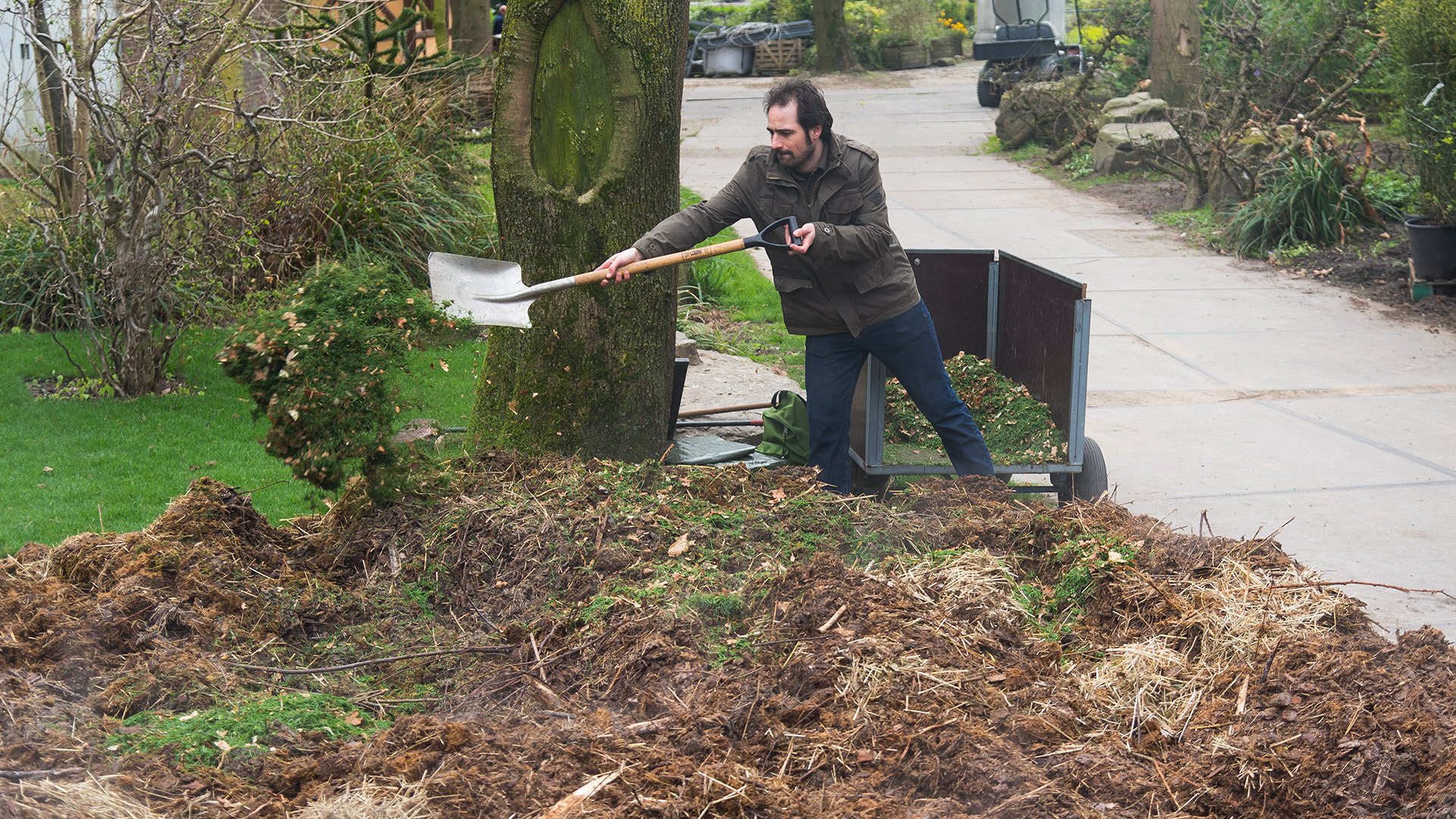My name is Ruben, I’m an evolutionary biologist and I’ve been working as one of the lab technicians at ARTIS-Micropia since early 2017. Together with my colleagues, I look after all the bacteria at Micropia. In our everyday work, we are surrounded by a beautiful piece of nature in the heart of the city. As we realise how special and important this location is, we want to treat it sustainably. ARTIS and Micropia have become much more sustainable in recent years. Solar panels have been installed, for example, and canal water is used to water the plants in ARTIS. One of the most unique and sustainable initiatives has to be the bokashi project, however.
Processing poop as sauerkraut
In addition to my work at Micropia, I spend part of my time on the bokashi project. In this project, the smallest organisms in the world are used to dispose of the poop of the largest. An enormous amount of poop is produced every day at ARTIS. The Asian elephants – our largest animals – poop hundreds of kilos per day. Because elephants digest their food poorly, their dung is still extremely rich in semi-digested vegetable remnants and plant material. Instead of removing the dung, we mix it with a cocktail containing 80 types of microbes. These so-called effective micro-organisms (EM), which include beneficial bacteria (such as lactic acid bacteria and streptomycetes) and fungi, work together to ferment the elephant dung into ‘bokashi’ – a Japanese term for fermented organic material. The same process occurs in sauerkraut, for example.

Fermentation
If you’ve ever been to a farm, you’ve probably seen a steaming compost heap. Micro-organisms also convert poop in ‘normal’ compost heaps, but that process occurs in the presence of oxygen (aerobic). As a consequence, many substances which are beneficial for the soil are converted into gases such as carbon dioxide and ammonia. These greenhouse gases are harmful to the environment. Sealing our heaps with an airtight cover facilitates oxygen-free (anaerobic) conversion, also known as fermentation. This process releases no gases and allows the beneficial substances to remain in the bokashi. After fermenting for around ten weeks, the dung is completely converted into bokashi and can be used in the same way as normal compost.
Sustainable cycle
By setting up bokashi heaps, we are closing an important link in a cycle at ARTIS. First, the elephant dung is collected and converted into bokashi. We then use this bokashi as ‘supercompost’ for the plants in the ARTIS Park, such as those in our edible garden. Finally, the plants, herbs and vegetables from the edible garden serve as food for the animals, including the elephants. In addition to closing the loop, the bokashi project reduces waste as well as the need for transport. This result is all possible thanks to billions of tiny invisible microbes. It couldn't be more sustainable!
